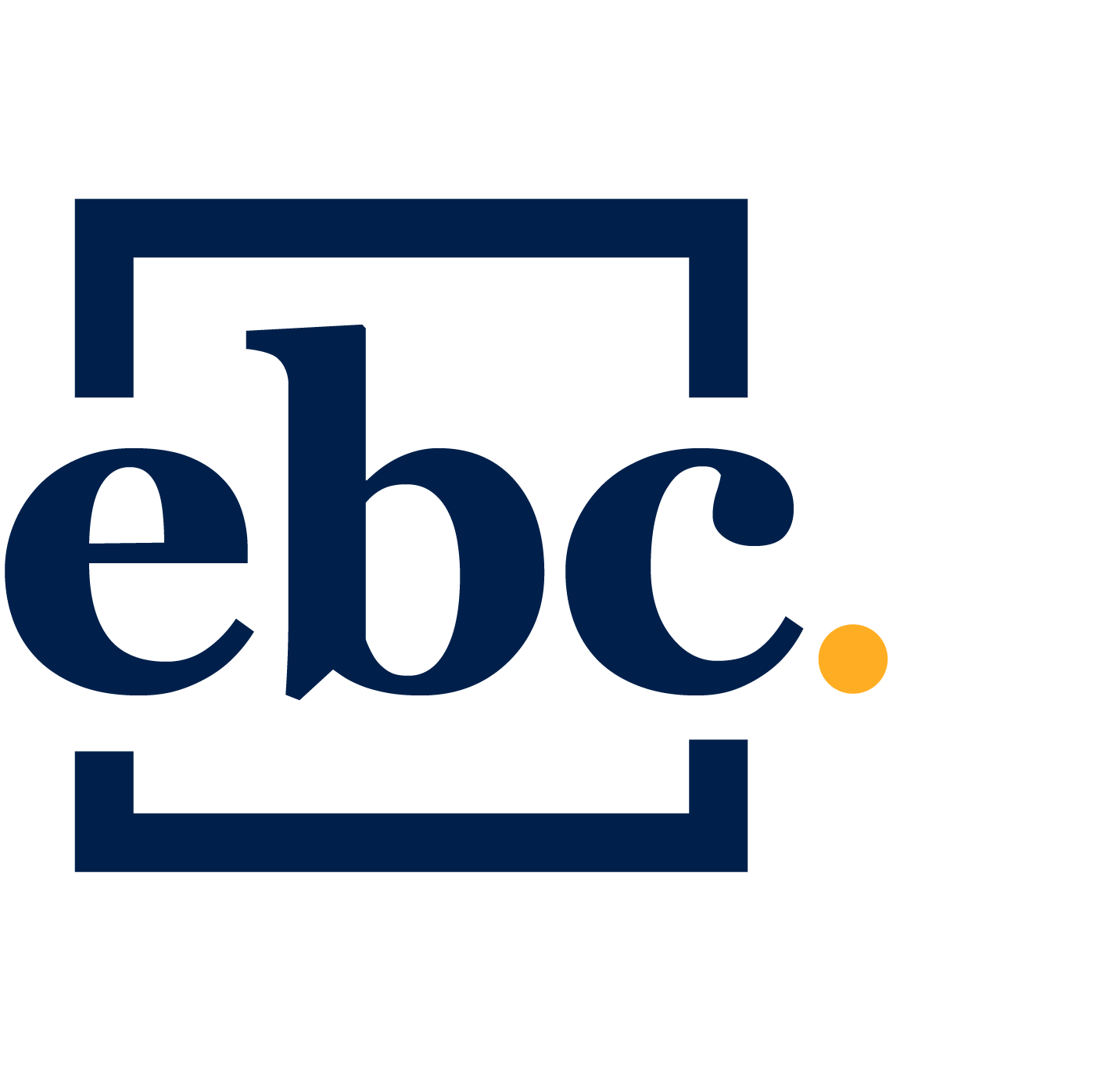How to Create a Budget: An Easy Beginners Guide

Written By Jay

Learning how to create a budget is more simple than you might think.
Budgeting takes many forms and serves many purposes. From large companies to small families, budgeting is important. Yes, every budget really does count, both literally and figuratively.
A few years back my wife and I were able to save up for a trip to Hawaii. It took over a year of cheap meals, extra hours at work, and no “extras.” No Starbucks, no eating out, no premium gas, etc.
Knowing how much we had to pay each month in bills and how much we earned each month was essential. What was left were things that we had control of: food, entertainment, utilities. It was a rough year but definitely worth it in the end!
Do you know how much money you spend each month? Do you know how much you spend on non essential items?
Having a budget can help answer these questions and put you in a better position to save more money, spend more money on things you enjoy, and make sure your bills are paid each month.
How to Start Budgeting: 4 Different Ways
The “Back of an Envelope Method”
Creating a budget can be as simple as grabbing the nearest envelope, napkin or any scrap paper within reach and a pen and writing out all of your expenses and income.
No, I don’t think this is an official method and it’s yet to be mentioned in any of my accounting classes but, more often than not, simple is best! I’ve used this method a lot in the past and it’s a great way to start just to get an idea of what you’re working with.
Using Printable Budget Sheets
This is similar to the “back of an envelope method” but a little fancier. To avoid strange looks from friends and family or any nearby pets, up your budget game and try some of these free printable budget sheets.
Not only do these look way better than your average scrap piece of paper, they’re free and can be displayed somewhere visible (did I mention they look nice?) like the fridge, or on a pin board to help keep you accountable.
There is also a savings sheet to plan out your savings goals, a debt planner to help you pay off any debt, as well as a goal sheet to keep track of any big goals, big and small.
Budget Spreadsheets
There are also tons of free tools online too, including spreadsheets and apps. Google Sheets has several premade budget templates that I’ve used in the past that can help get you started and can be a great way to get your feet wet.
Mint.com has several budget templates and, as mentioned below, has a really useful free budgeting app.
Another great free spreadsheet comes from the Federal Trade Commision. Sounds intimidating, but it totally isn’t. This will bring you to a page where you can enter in expenses and income and even print out the sheet when you are finished.
Budget Apps
I’ve been trying out several of these lately because, well, they feel cooler than pen and paper. Of course, they also offer a ton of insight and functionality and more often than not, they’re free.
One app that I have just started trying out is Personal Capital. Personal Capital lets you link your bank accounts and can give you alerts for upcoming bills due, if you’re spending too much in an area, etc. I’ll do an in depth review when I have spent more time using it and can give some more insight.
Another app I’ve been trying out is Mint. Personal Capital and Mint are both very similar and offer a lot of the same features. So which one to use? Try both and see!
The user interface is different for both and feeling comfortable with your financial app is important so this could be a deciding factor for you.
Personal Capital offers some more functionality than Mint, though my wife has been using Mint and has really enjoyed it. I plan on writing up an in-depth review in the near future.
Important Budget Steps
1. Write down ALL of your income and ALL of your bills
Sounds simple because it is!
Just remember this easy equation: what you get – what you give = what you’ve got.
First thing’s first: Income. Any and all money that comes in each month is included.
Paycheck, retirement, interest and dividends from investments, alimony, basically whatever you get.
Next up: Expenses. This is going to include whatever you give. I typically break this one up but you don’t have to. Just start with bills that are always the same each month. Things like your rent or mortgage, sewer services, car insurance, internet, any monthly subscriptions, phone bill if it doesn’t change, etc.
Now think of all of the things that you have control over. Things like your food, energy bills, gas for your car, phone if it varies depending on usage, etc.
At this point, assuming there is money left over, we want to pay off any debts that you have. If there isn’t money left over the easiest place to look for extra money each month (aside from under the couch cushions) is in the expenses that you have control over.
Food, for me at least, tends to be the best place to save money.
I should mention something really important before I continue. If there isn’t any money left over after all your bills are paid, take a look at your expenses and look for any unnecessary items. It’s time to get rid of all of those 7 day free trials that turned into $10 a month subscriptions to [enter cool online service here].
That weird meditation app subscription that you signed up for a few years ago…the one you just remembered about because I mentioned it…yeah, it’s time to let go. Now is the time to take stock of what you really need. Don’t hoard expenses.
2. Pay Off Some Debt
Okay, now that we’ve hopefully freed up some money, time to start paying off some of that debt!
This is excluding a mortgage or any car payments you are making as those would fall under normal expenses above. I’m talking about credit card debt, loans (personal, student, etc.), and any other debts.
Some may be asking why pay debt before putting money into your savings? Good question!
Ideally, the money left over after paying off all of your bills will be split in some fashion between paying off some debt and growing your savings. However, with average credit card debt for Americans currently at over $5,500 and average credit card interest rates over 15%, the priority really should be decreasing debt to avoid paying unnecessary amounts in interest over time.
3. Pay Yourself
You hear all the time “pay yourself first,” and it’s good advice.
This doesn’t mean treat yourself (sorry).
It does mean to pay toward your savings/invest in your financial future (even better).
This is where the rubber meets the road. We don’t budget so that we can pay our bills. We budget so that we can pay our future selves.
Setting a goal is a great place to start. But what if you can’t reach your goal? What if there isn’t any money left over to save?
I know, this isn’t a good feeling but now is the time to get creative!
Necessity is the mother of invention and this old adage holds true here. How can you find and/or make money to save?
This will undoubtedly become a regular topic that I will visit and plan to write some dedicated content on this subject but some things that I have done that don’t require a whole lot of creativity: sell stuff, work some extra hours, and generally hustle.
I’ll end here with some of the best advice that could be given for finances and life in general from Mark Twain: “The secret of getting ahead is getting started.”
Time to get started!
How have you been budgeting? Do you write down your information by hand or use technology? Do you have any suggestions? Let all of us know down in the comments!
DISCLOSURE: THIS POST MAY CONTAIN AFFILIATE LINKS AND/OR PAYED PLACEMENT. PLEASE READ MY DISCLOSURE FOR MORE INFO.






0 Comments